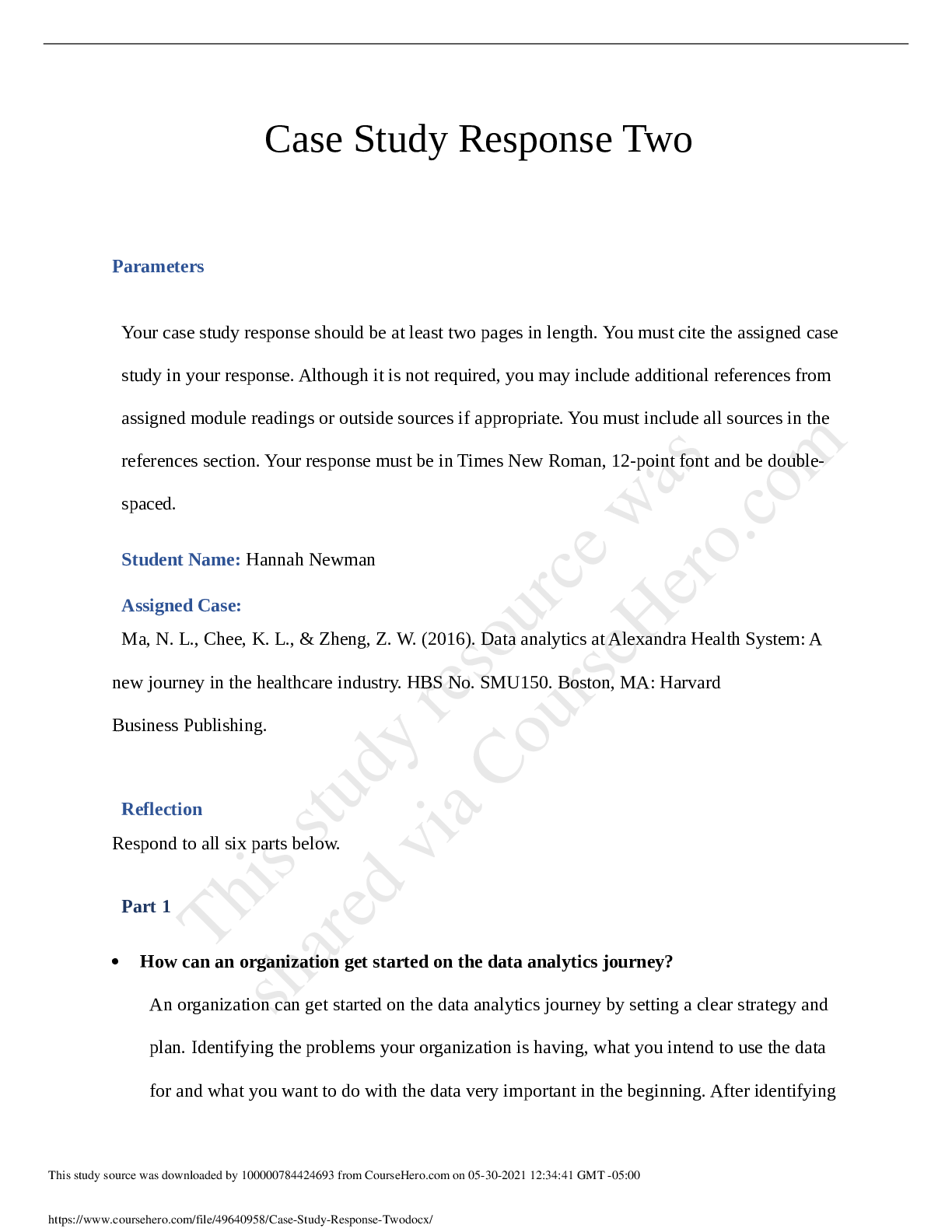Business > CASE STUDY > Markov chain analysis of the US airport network Michigan State University - CSE 6040HW11- intro (All)
Markov chain analysis of the US airport network Michigan State University - CSE 6040HW11- intro
Document Content and Description Below
Markov chain analysis of the US airport network One way to view the airline transportation infrastructure is in the form of a directed network or graph, in which vertices are airports and edges are... the direct-flight segments that connect them. For instance, if there is a direct flight from Atlanta's Hartsfield-Jackson International Airport ("ATL") to Los Angeles International Airport ("LAX"), then the airport network would have a directed edge from ATL to LAX. Given the airport network, one question we might ask is, which airports are most critical to disruption of the overall network? That is, if an airport is shut down, thereby leading to all inbound and outbound flights being cancelled, will that catastrophic event have a big impact or a small impact on the overall network? You would expect "importance" to be related to whether an airport has lots of inbound or outgoing connections. In graph lingo, the number of such connections is called the degree of a vertex or node. The indegree is the number of incoming edges to a node, and the outdegree is the number of outgoing edges. But if there are multiple routes between two airports, then even if one of the routes includes a high-degree airport in its path, a traveler that can work around a closure by going on an alternate route. So having a high-degree is not the only contributor to how important an airport is. Therefore, in this notebook, let's try to use a PageRank-like scheme to rank airports and compare that to looking at degree. As it happens, the US Bureau of Transportation Statistics collects data on all flights originating or arriving in the United States. Let's use this data to build an airport network and then use Markov chain analysis to rank the networks by some measure of "criticality." Sources: This notebook is adapted from the following: https://www.mongodb.com/blog/post/pagerank-on-flights-dataset. The dataset you will use was taken from the repository available here: https://www.transtats.bts.gov/DL_SelectFields.asp?Table_ID=236 The formal analysis problem Let's model the analysis problem as follows. Consider a "random flyer" to be a person who arrives at an airport ii, and then randomly selects any direct flight that departs from ii and arrives at jj. We refer to the direct flight from ii to jj as the flight segment i→ji→j. Upon arriving at jj, the flyer repeats the process of randomly selecting a new segment, j→kj→k. He or she repeats this process forever. Let's treat time as a discrete integer t∈{0,1,2,…}t∈{0,1,2,…}. Let's also assume that the flyer's airport at time t+1t+1 depends only on which airport she or he was in during the previous time step, tt. When modeling a stochastic process (one in which an agent makes random decisions over time), such an assumption is referred to as the Markov property, and the process as a Markov process. Let YY be the random variable corresponding to the flyer's airport at time t+1t+1, and let XX be the airport at time tt. So if the flyer was at the Atlanta Hartsfield-Jackson International Airport [Show More]
Last updated: 2 years ago
Preview 1 out of 3 pages

Buy this document to get the full access instantly
Instant Download Access after purchase
Buy NowInstant download
We Accept:

Reviews( 0 )
$6.00
Can't find what you want? Try our AI powered Search
Document information
Connected school, study & course
About the document
Uploaded On
Mar 29, 2021
Number of pages
3
Written in
Additional information
This document has been written for:
Uploaded
Mar 29, 2021
Downloads
0
Views
80


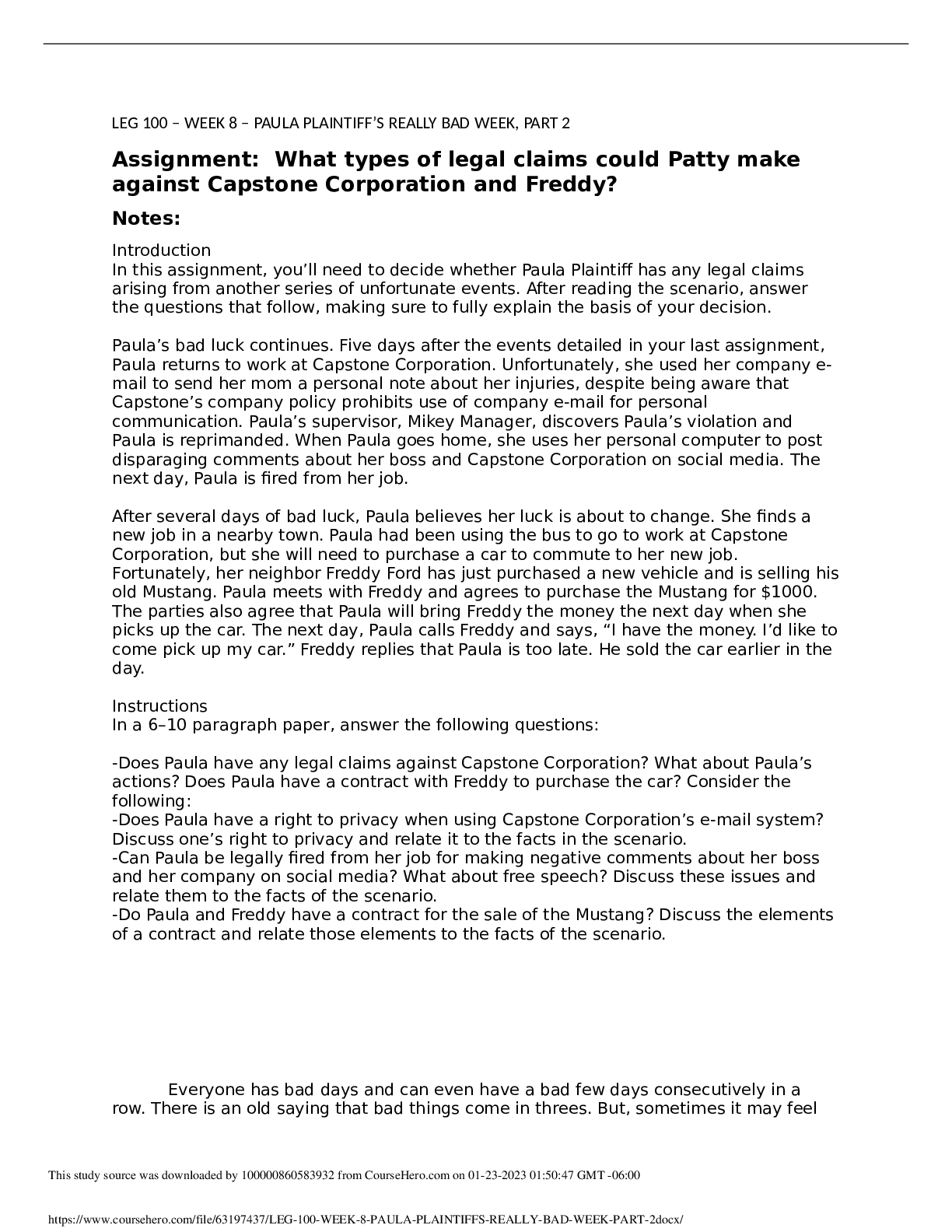
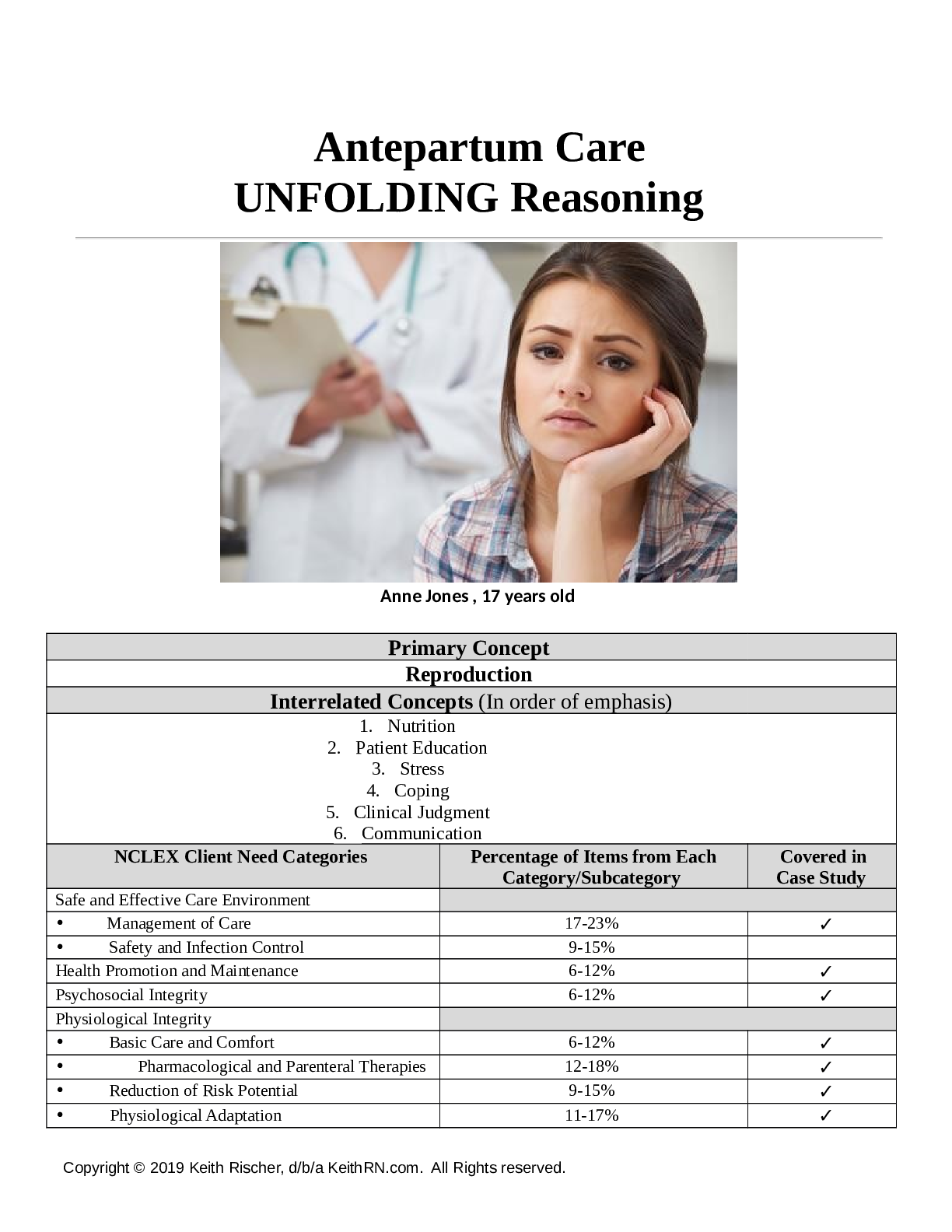

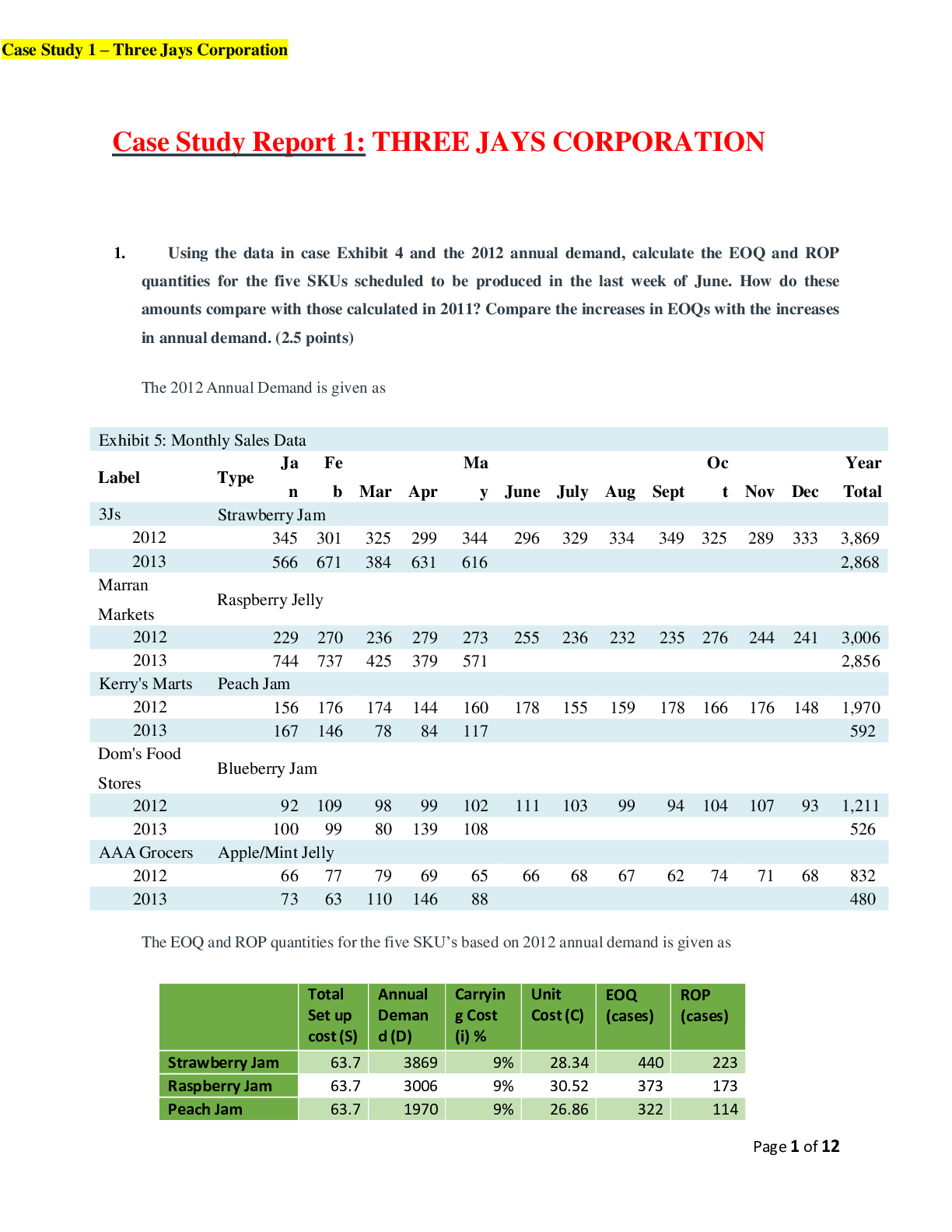
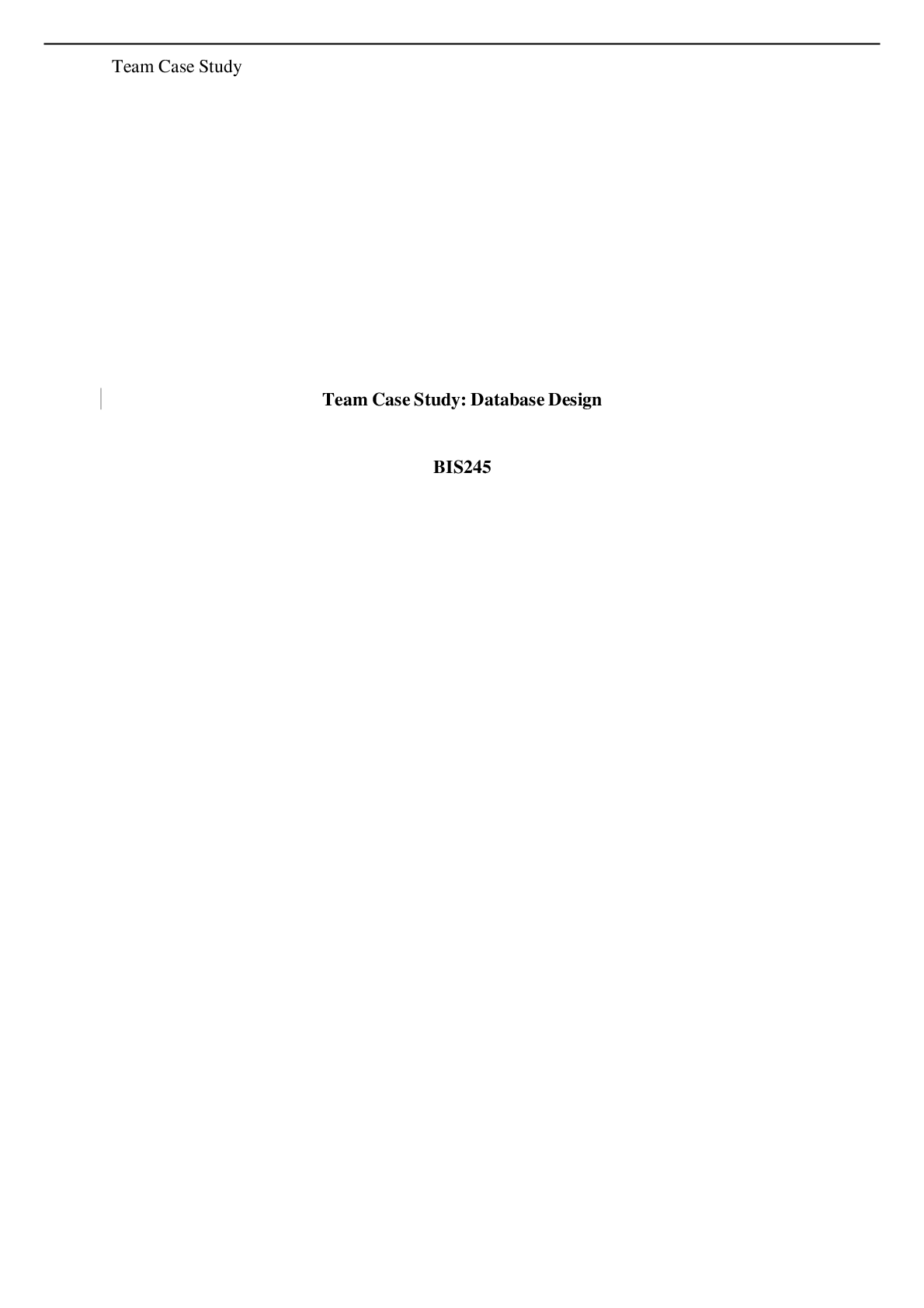




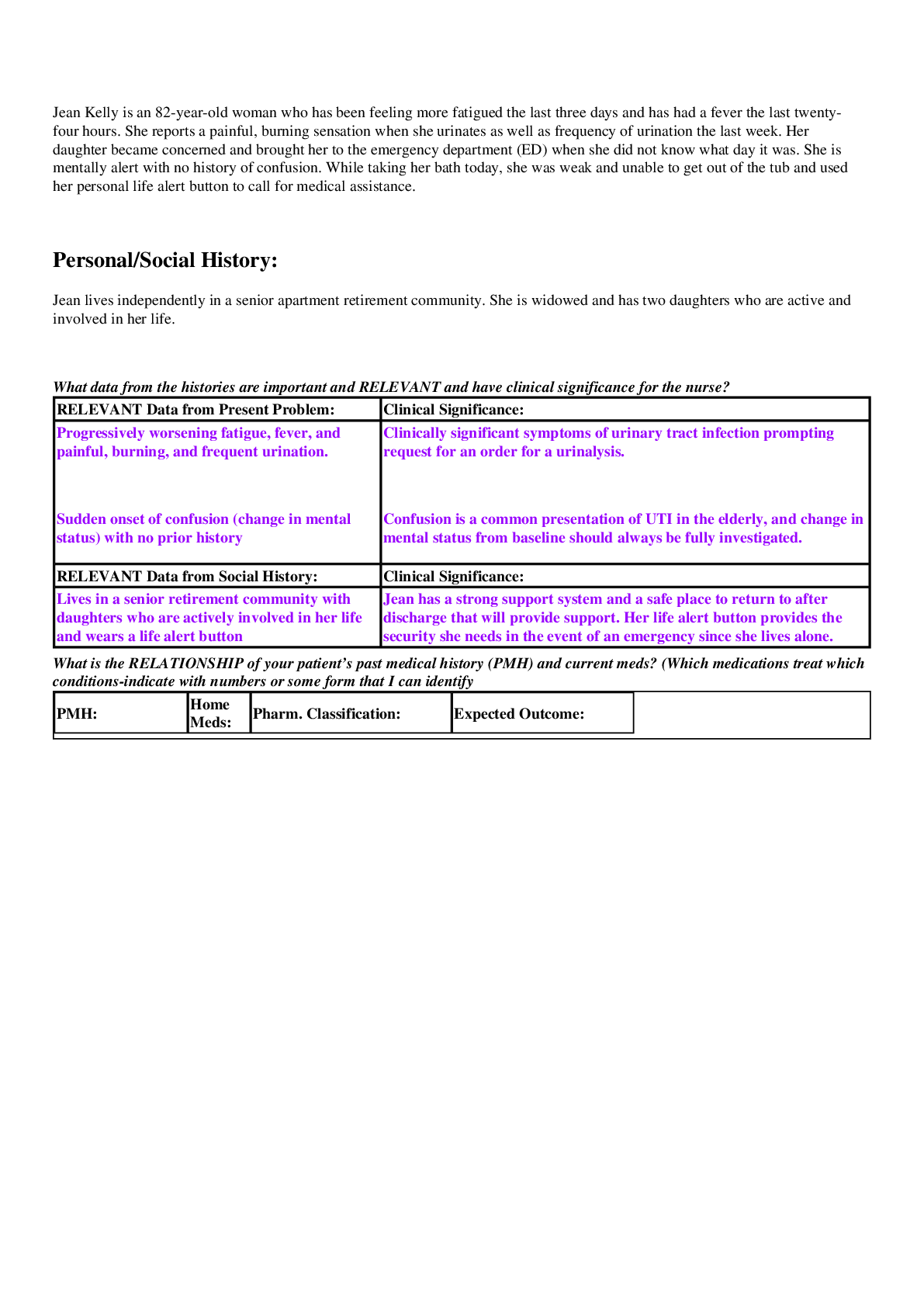
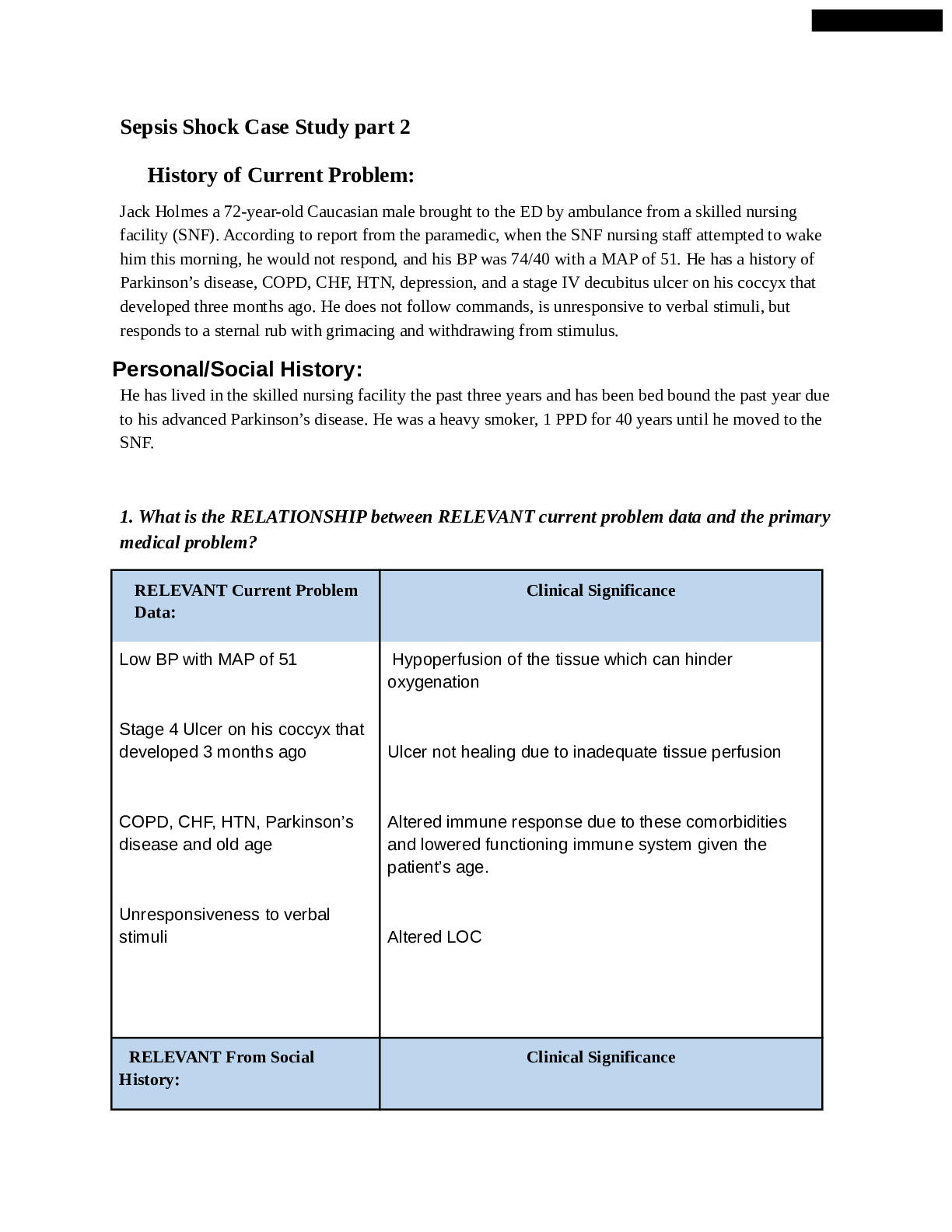
.png)

